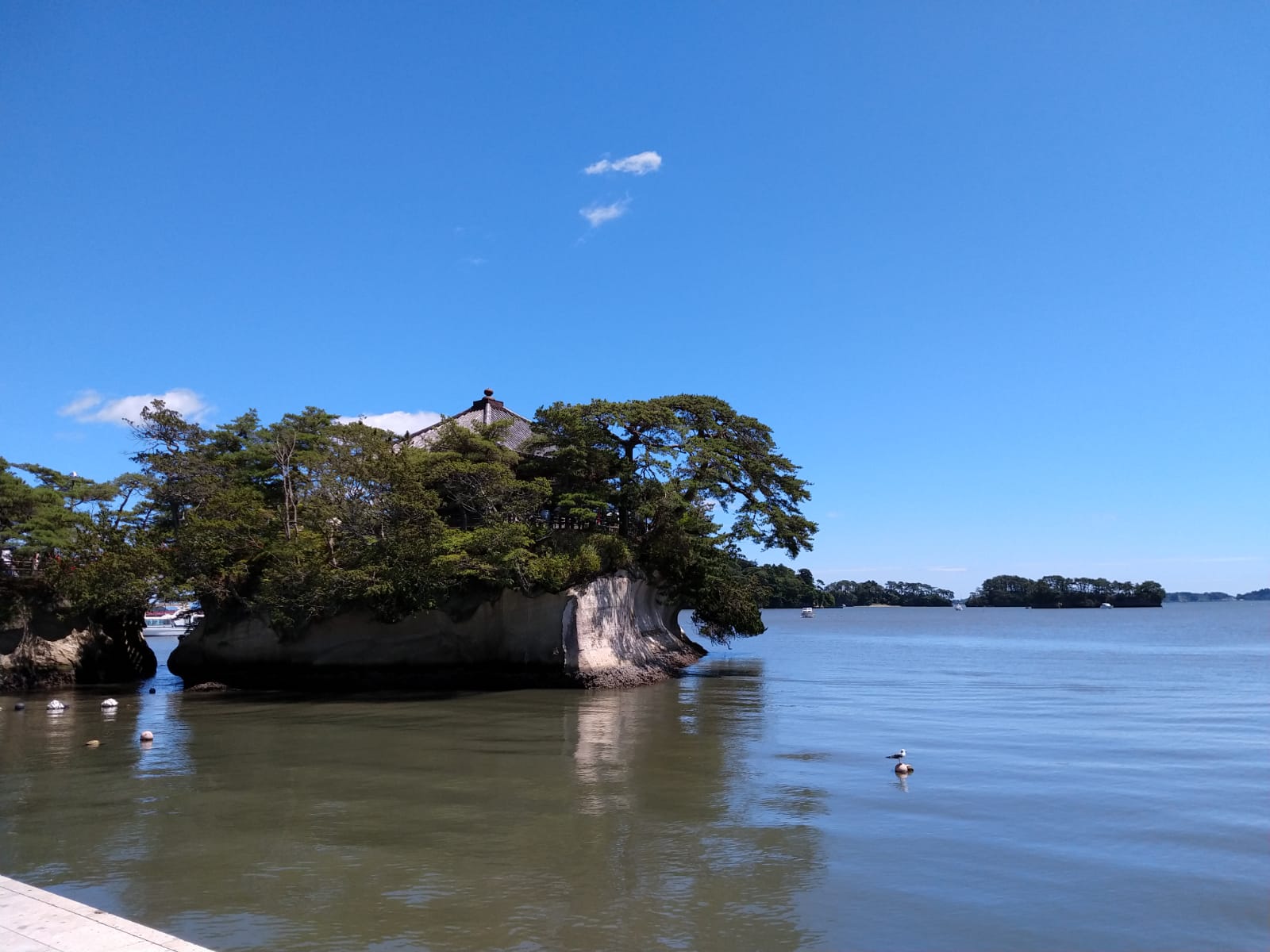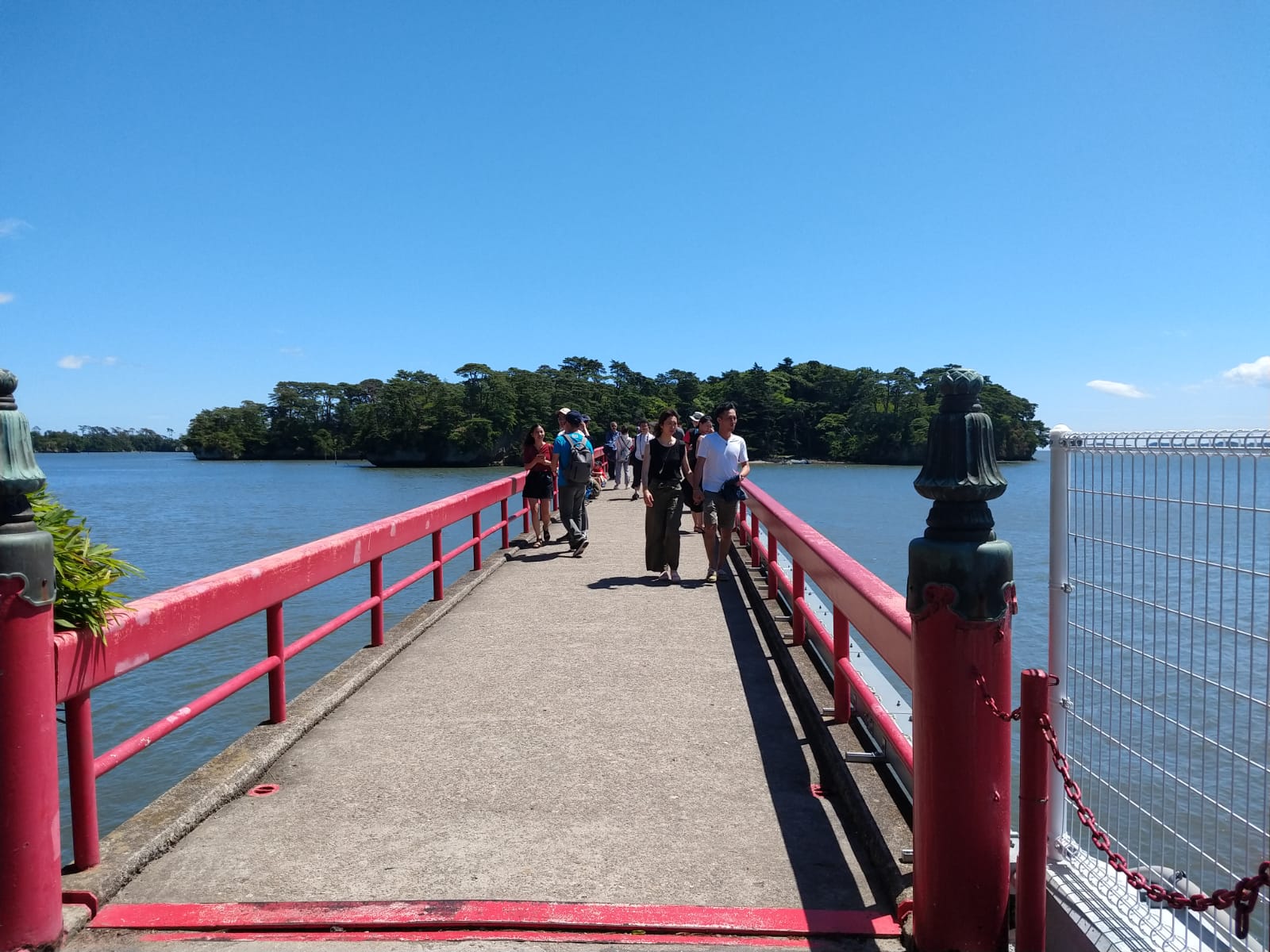The wonders of Picchio Wildlife Research Center in Japan
Hey!
So I've been a little bit absent lately... Well that was because I was finishing my studies (omg!! after 6 years of university it's suddenly over.....) and preparing for and having my job interview in.. JAPAN! However, in this blog I will tell you something about the place where I had the interview, namely Picchio (pronounced as pikio) Wildlife Research Center, a place of beauty and wonder.
Picchio is a conservation and eco-tour center located only one hour from Tokyo by Shinkansen, in the beautiful resort town of Karuizawa. Karuizawa is a small town with around 20.000 residents, however depending on the season the numbers can drastically increase. In the late 1800s it was introduced as a summer resort by Bishop Alexander Croft Shaw and it started to attract an increasing amount of expats living in Tokyo. From around the 20th century the resort life in Karuizawa really started to increase. Many (rich) people choose the town as a getaway from the busy life and hot climate in Tokyo, exchanging it for a much cooler and quieter area. Since then it has hosted many famous writers and other people such as John Lennon and Yoko Ono. Nowadays it's still a getaway for the rich such as politicians and celebrities, and while driving around town you can see many beautiful second houses hidden all throughout the hills surrounding the city center.
 Another thing Karuizawa is famous for is that they are the only city in the world that hosted the olympic games twice, once in 1964 when it hosted the horseback riding event and once again in 1998 when it hosted the curling event. Furthermore, it's simply a beautiful town as well and truely shows Japanese countryside if you're in the outskirts. The town is surrounded by forest and mountains, with the most famous one being Mount Asama, the most active volcano of Honshu.
Another thing Karuizawa is famous for is that they are the only city in the world that hosted the olympic games twice, once in 1964 when it hosted the horseback riding event and once again in 1998 when it hosted the curling event. Furthermore, it's simply a beautiful town as well and truely shows Japanese countryside if you're in the outskirts. The town is surrounded by forest and mountains, with the most famous one being Mount Asama, the most active volcano of Honshu.
So, what is Picchio and what do they do in Karuizawa? The center has operated since 1992 and focusses on (bear) conservation and education through eco-tours and kids activities. They also do research (for example, following the bear's migratory paths) and surveys of the animals in the area. The bear conservation programme they conduct is a unique one in its field. The town of Karuizawa, with its increasing size and tourism, has had an increasing problem with the Asian Black Bears. The bears often came down to the urban area, looking for garbage or crops to eat, which concerned the local people. Karuizawa has been working on ways to reduce this problem, to protect both the

bears and the people. They have educated the people about how to keep the bears away, introduced special bear-proof garbage bins and they continue to keep track of the whereabouts of the bears 24/7. Every day and night one of the bear-team specialists goes out with a huge antenna to check where the bears are through their radio collar signals. Furthermore, when the center gets a call that a bear was accidentally caught in a wildlife trap, or when a bear has entered a bear trap (a harmless cage), the team heads out to identify, measure and release the bears. In the case of a bear trap capture, the bear-dog specialists head out with their dogs to scare the bears away. These dogs are amazing and have been trained for years to chase the bears, but not attack them so that they are only chased away from human settlements without being harmed. Furthermore, the staff makes a lot of noise by shouting and sometimes even fireworks, so that the bears will also be more scared of people in the future.
trap (a harmless cage), the team heads out to identify, measure and release the bears. In the case of a bear trap capture, the bear-dog specialists head out with their dogs to scare the bears away. These dogs are amazing and have been trained for years to chase the bears, but not attack them so that they are only chased away from human settlements without being harmed. Furthermore, the staff makes a lot of noise by shouting and sometimes even fireworks, so that the bears will also be more scared of people in the future.
 Next to this big conservation programme, the center offers a wide variety of tours. At the main visitor center at Hoshino resorts, some of the tours offered are: a flying squirrel watching tour (CUTE and so much fun), a wildlife night drive, a nature watching tour, a bird watching tour, a mountainbike tour and in winter even an amazing stargazing tour. At the visitor center in Prince Resort, in addition to some of these tours, a lot of kids activities are offered as well. While I was there, I was able to join the flying squirrel
Next to this big conservation programme, the center offers a wide variety of tours. At the main visitor center at Hoshino resorts, some of the tours offered are: a flying squirrel watching tour (CUTE and so much fun), a wildlife night drive, a nature watching tour, a bird watching tour, a mountainbike tour and in winter even an amazing stargazing tour. At the visitor center in Prince Resort, in addition to some of these tours, a lot of kids activities are offered as well. While I was there, I was able to join the flying squirrel  watching tour, something I'll never forget. We had a short lecture about these animals, during which you could see the passion and enthusiasm of the guides about these animals. The lecture was interesting and fun at the same time. After that we went out to check one of the sleeping spots of the squirrels, where we watched with binoculars until the cute little animals came out and we were able to see them float in the sky. What an amazing experience! :)
watching tour, something I'll never forget. We had a short lecture about these animals, during which you could see the passion and enthusiasm of the guides about these animals. The lecture was interesting and fun at the same time. After that we went out to check one of the sleeping spots of the squirrels, where we watched with binoculars until the cute little animals came out and we were able to see them float in the sky. What an amazing experience! :)
The staff of Picchio are people with a huge passion for nature and wildlife. They work night and day to try to build a bridge between the people and their surrounding nature. They aim to connect Japanese and foreign people with their environment more and to make them see the natural wonders as well. Therefore the tours are an amazing way to get to know the lower Japanese alps and all its beautiful plants and wildlife. Takign a tour also supports the center financially, and since the center needs a lot of employees to sustain all this hard work, they are always happy to receive donations to help with their bear conservation project. I would definitely recommend visiting this place to walk around by yourself on one of the beautiful trails surrounding the visitor center, but also to take an additional tour and learn more about the plants and wildlife. If you don't have a chance to visit Japan, help them out with their conservation efforts in other ways.

To learn more about Picchio check out their website https://www.wildlife-picchio.com/, or if you have any questions just ask below!
Cheers,
Hannah
- 4702 reads




 (better not to go in weekends or summer because of the amount of tourists) is more than enough to see the area and it also doesn't have to be expensive. There are quite some options for cruises (around 1500-2000 yen) by which you can see many of the islands instead of just the ones near the bay. Some of these cruises take you further than other ones and last between around 20 minutes and one hour. I haven't done a cruise, so to know more about this you'd have to figure it out by yourself, but I've had a really nice day just walking around and swimming on one of the islands.
(better not to go in weekends or summer because of the amount of tourists) is more than enough to see the area and it also doesn't have to be expensive. There are quite some options for cruises (around 1500-2000 yen) by which you can see many of the islands instead of just the ones near the bay. Some of these cruises take you further than other ones and last between around 20 minutes and one hour. I haven't done a cruise, so to know more about this you'd have to figure it out by yourself, but I've had a really nice day just walking around and swimming on one of the islands. 


















Add new contribution